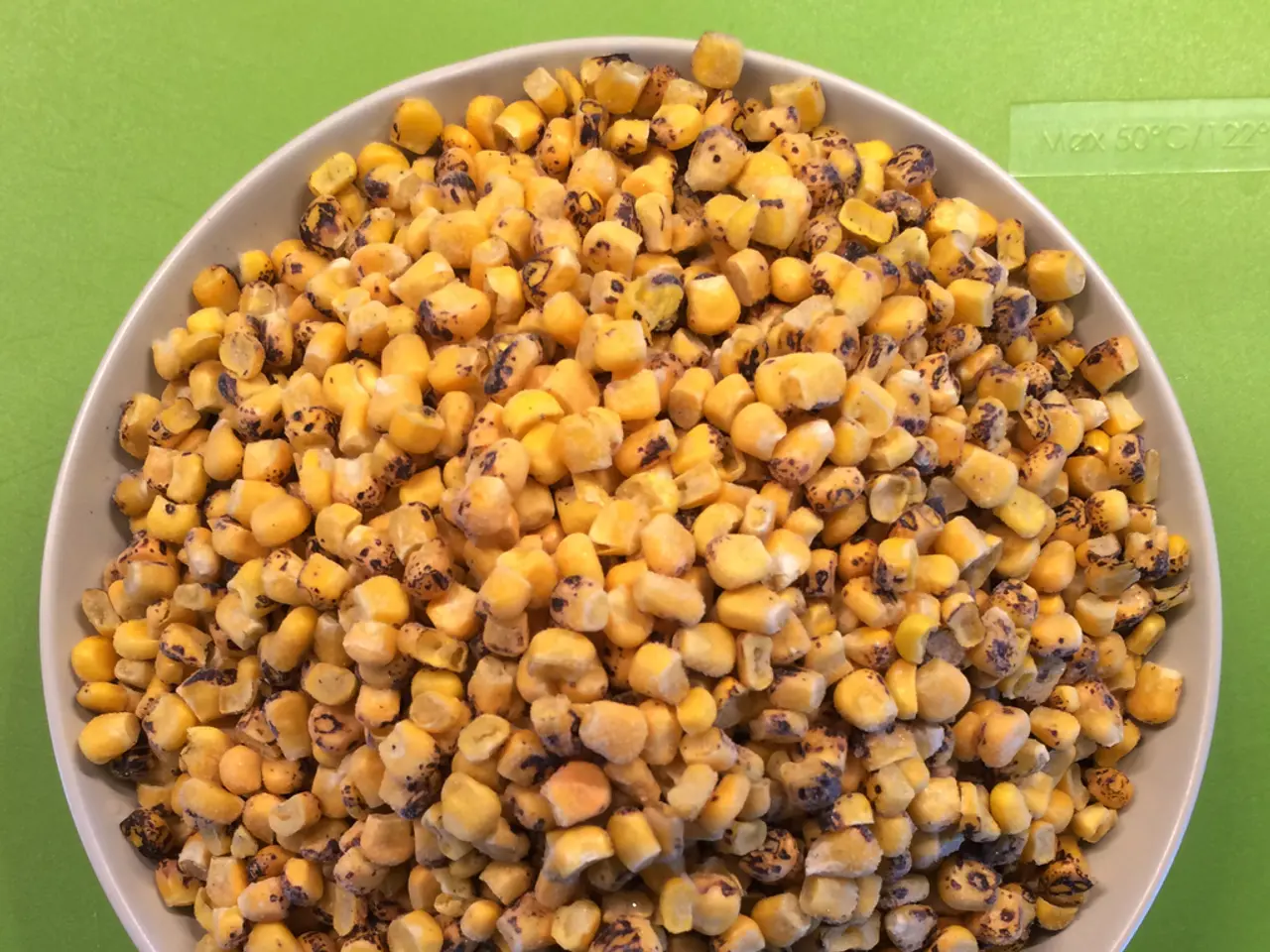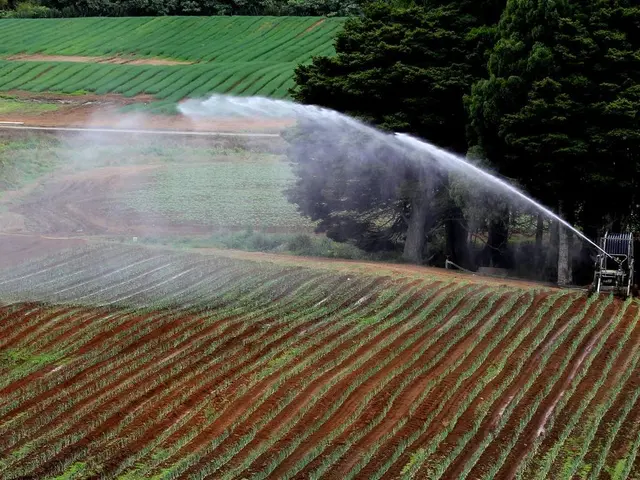Expert Tips to Maximize Corn Silage Quality at Harvest and Storage
Farmers can enhance maize silage quality by adhering to key steps during harvest and storage. The German Agricultural Society (DLG) offers proven tools and advice to assist. Appropriate techniques minimize spoilage, safeguard feed value, and ensure healthier livestock rations.
Selecting the optimal harvest time is the initial crucial step. Maize should be cut when dry matter content ranges between 28 and 35 percent. Excessive dry matter can lead to poor compaction, increasing the risk of oxygen penetration into the silo.
Fine, even chopping ensures better packing and fewer air pockets. Post-chopping, the maize must be stored promptly to prevent yeast and bacterial multiplication. Smooth cutting surfaces and swift removal from the silo later also help keep air out.
Compaction is as vital as chopping. A well-packed silo traps less oxygen, while a tight cover—using underlay film, top film, sandbags, and tires—blocks air completely. This prevents reheating and maintains quality.
Silage additives play a supporting role when fundamental conditions are met. Biological agents typically require 1 to 2 litres per tonne of chopped material, while chemical doses vary by product. The DLG updates its list of tested additives annually and provides a consultation tool for maize and grass. Even application, ideally through a dosing system on the chopper or loader wagon, yields the best results.
Clean silage management serves as the foundation for high-quality feed. The right harvest timing, chopping, compaction, and sealing all reduce spoilage risks. With DLG’s tested additives and guidance, farmers can further stabilize silage and support healthier dairy herds.







